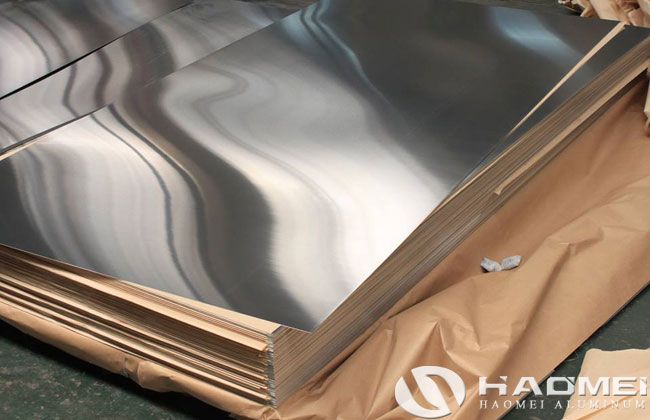Aluminum 3003 vs 5052 are the most common alloy aluminum plates on the market, and they are two very symbolic models of the two series of aluminum plate. Although they are widely used, many people do not know the difference of 3003 aluminum vs 5052. Next, take 3003 aluminum plate and 5052 aluminum plate as examples to promote our professional knowledge in this area.
1, Aluminum 3003 vs 5052 in terms of composition:
3003 aluminum plate is an aluminum-manganese alloy, and the key alloy element is manganese. The 5052 aluminum plate is an aluminum-magnesium alloy, and the key alloying element is magnesium. The aluminum content of 3003 aluminum plate is slightly higher than that of 5052 aluminum plate.

2, 3003 vs 5052 In terms of physical properties:
The tensile strength of 3003H24 aluminum plate is 145-195Rm/MPa, while the tensile strength of 5052H24 aluminum plate reaches 230-280Rm/MPa, which is much higher than that of 3003 H24 aluminum plate; the expanded compressive strength of 3003H24 aluminum plate is 115Rm /MPa, while the expanded compressive strength of 5052 H24 aluminum plate is 150Rm/MPa. Therefore, the performance of 5052 aluminum plate is significantly better than that of 3003 aluminum plate.
3, 3003 aluminum vs 5052 in terms of common specifications and models:
3003 aluminum plate are dominated by thin plates, and thick plates are rarely used; while 5052 aluminum plate are not only used for thin plates, but also for thick plates.
4, Aluminum 3003 vs 5052 from the scope of application:
3003 aluminum plate are mainly used in wet and cold conditions, such as product packaging boxes, refrigerators, central air conditioners, freezers, ventilation ducts, etc. The 5052 aluminum plate is commonly used in household appliance casings, public transportation vehicles, high-pressure vessels, etc., and is a common raw material for manufacturing vehicles, aircraft fuel tanks, and oil pipelines.
live:onlinehcx